What's New In Robotics This Week - May 13

Posted on May 13, 2016 7:00 AM. 7 min read time
Robot hand teaches itself to get a grip; Bipedal bot beats uneven terrain; TORU; AI tricks Georgia Tech students; Japanese agribots, and much more... Find out what's happening in our robotics universe this week. We hope that the news we have selected will interest and amuse you. Enjoy!
Robot Hand Teaches Itself How to Get a Grip (Robotics Trends)
Researchers at the University of Washington have cerated a five-fingered robot hand that teaches itself how to grasp and manipulate objects and it gets better with more practice. The development of this technology could bring new levels of intelligence to two of the most important challenges in robotics --grasping and manipulation.
As the robot hand performs different tasks, the system collects data from various sensors and motion capture cameras, using machine learning algorithms to continually refine and develop more realistic models.
“A lot of robots today have pretty capable arms but the hand is as simple as a suction cup or maybe a claw or a gripper,” said lead author Vikash Kumar, a UW doctoral student in computer science and engineering.
UW’s hand is quite expensive at roughly $300,000, so don’t expect to see it in real-world applications anytime soon. It uses a Shadow Hand skeleton actuated with a custom pneumatic system and can move faster than a human hand. The UW team plans to use the robot hand “to push core technologies and test innovative control strategies.”
One of our recent blog posts takes a fascinating look at some recent robot grasping research that involved a Robotiq gripper.
Free-standing two-legged robot conquers terrain (University of Michigan)
Legged robots are getting better at managing difficult terrain. The latest example of this progression from lab-bound robots that can only navigate smooth surfaces in uncluttered environments to all terrain robots comes from a team at the University of Michigan that has have developed an unsupported bipedal robot that can walk down steep slopes, through a thin layer of snow, and over uneven and unstable ground.
"The robot has no feeling in her tiny feet, but she senses the angles of her joints—for instance, her knee angles, hip angles and the rotation angle of her torso," said Jessy Grizzle, professor of electrical engineering and computer science and of mechanical engineering. "It's like walking blindfolded and on stilts."
MARLO is Grizzle's first robot that can walk (and fall) in any direction, known as 3D walking. With their previous robot, MABEL, Grizzle's team produced leading control algorithms for robots that need to move in only two dimensions. MABEL was attached to a boom that gave her sideways stability.
A ‘pick-by-robot’ solution using a perception-controlled logistic robot called TORU (Robotics Tomorrow)
Interesting short interview with Frederik Brantner, founder of Magazino, the company behind TORU, a robot that can operate in the same space as humans, picking and placing items on shelves.
Current warehouse picking systems operate under either ‘Man to Goods’ or ‘Goods to Man’ models. The former requires workers to walk to shelving areas and manually pick goods, which has a high dependence on the staff hired, with high salary and processing costs. ‘Goods to Man’ systems address some of these issues by mechanically bringing shelving units to the front of warehouses for goods to be picked. These are typically inflexible in design, difficult to scale beyond initial specifications, and represent a high upfront investment for owners.
At Magazino, we have developed a third ‘pick-by-robot’ solution through its perception-controlled logistic robot, TORU. Designed to navigate freely and dynamically amongst a human workforce, TORU operates between regular shelves, picking a wide range of objects.
Imagine Discovering That Your Teaching Assistant Really Is a Robot (Wall Street Journal)
Students participating in an online Georgia Tech course regularly interacted with a teaching assistant by the name of Jill Watson. Jill would post questions during the week to stimulate discussion, answer routine questions and remimnd students of due dates.
So far, so what? Well, the thing is: Jill Watson is a piece of software powered by IBM's Watson AI technology.
Online learning has opened the door for instructors to reach a gigantic, global audience. Trouble is, many students can ask a lot of questions, burdening human TAs, said Ashok Goel, a professor of computer science at Georgia Tech. It was he who recruited Ms. Watson for his Knowledge-Based Artificial Intelligence class.
“Our TAs are getting bogged down answering routine questions,” said Mr. Goel, noting that students in the class typically post 10,000 messages a semester.
Mr. Goel estimates that within a year, Ms. Watson will be able to answer 40% of all the students’ questions, freeing the humans to tackle more complex technical or philosophical inquiries such as, “How do you define intelligence?”
Robots helping to keep Japanese farms alive and thriving (NIKKEI Asian Review)
Japan faces demographic challenges that drive massive investment in robotic solutions: a greying population drives the development of elder care robots, for example; a shrinking workforce encourages the adoption of industrial robotics systems.
People 65 years old and older account for more than 60% of the Japanese agriculture workforce (that's twice the figure for the U.S.), so this ageing workforce and lack of available --and interested-- workers has combined in the Japanese agricutural sector to encourage massive interest in robotics solutions.
Japan's agricultural productivity is rather low compared to other countries, but the development of industrial robots holds promise in easing the problem.
In Tottori Prefecture, western Japan, Coho salmon swim in aquaculture tanks floating off the coast near the city of Sakaiminato.
The facility's operator, Nippon Suisan Kaisha, has installed auto-feeding robots, delivering just the right amount of feed to maintain the growth of its farmed fish, even in bad weather. The technology also prevents excess feed from polluting the surrounding sea.
Drones could replace $127 billion worth of human labor and services (Quartz)
A report from PWC predicts that drones could replace as much as $127bn of human labor and services "in the very near future," with infrastructure applications accouting for $45.2bn of the total figure.
And Finally...
GameChangers – Automation and Artificial Intelligence (New Scientist)
An Interview with Aldebaran Chief Scientific Officer Rodolphe Gelin (TheDisruptory)
Increased R&D Spending Will Considerably Boost the Global Robotics Industry Through 2020 (Business Wire)
Volvo's Self-Driving Program Will Have Redundancy For Everything (IEEE Spectrum)

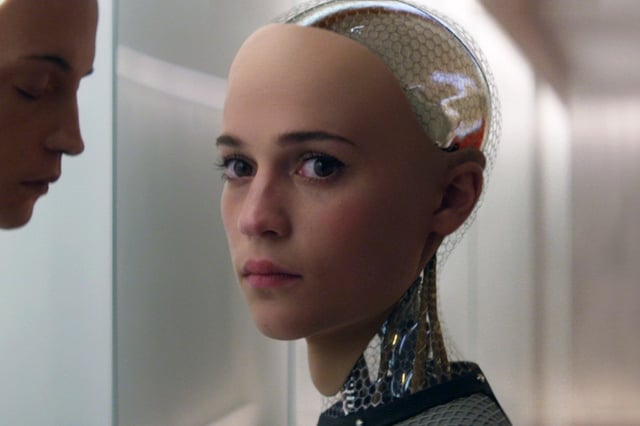
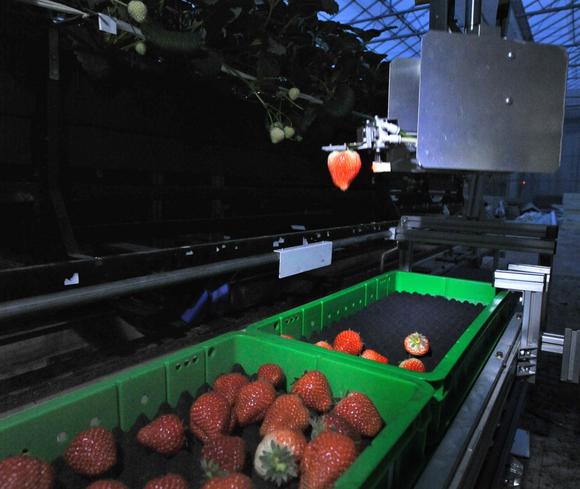
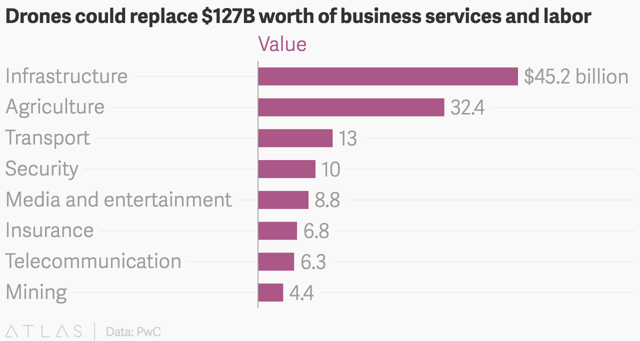

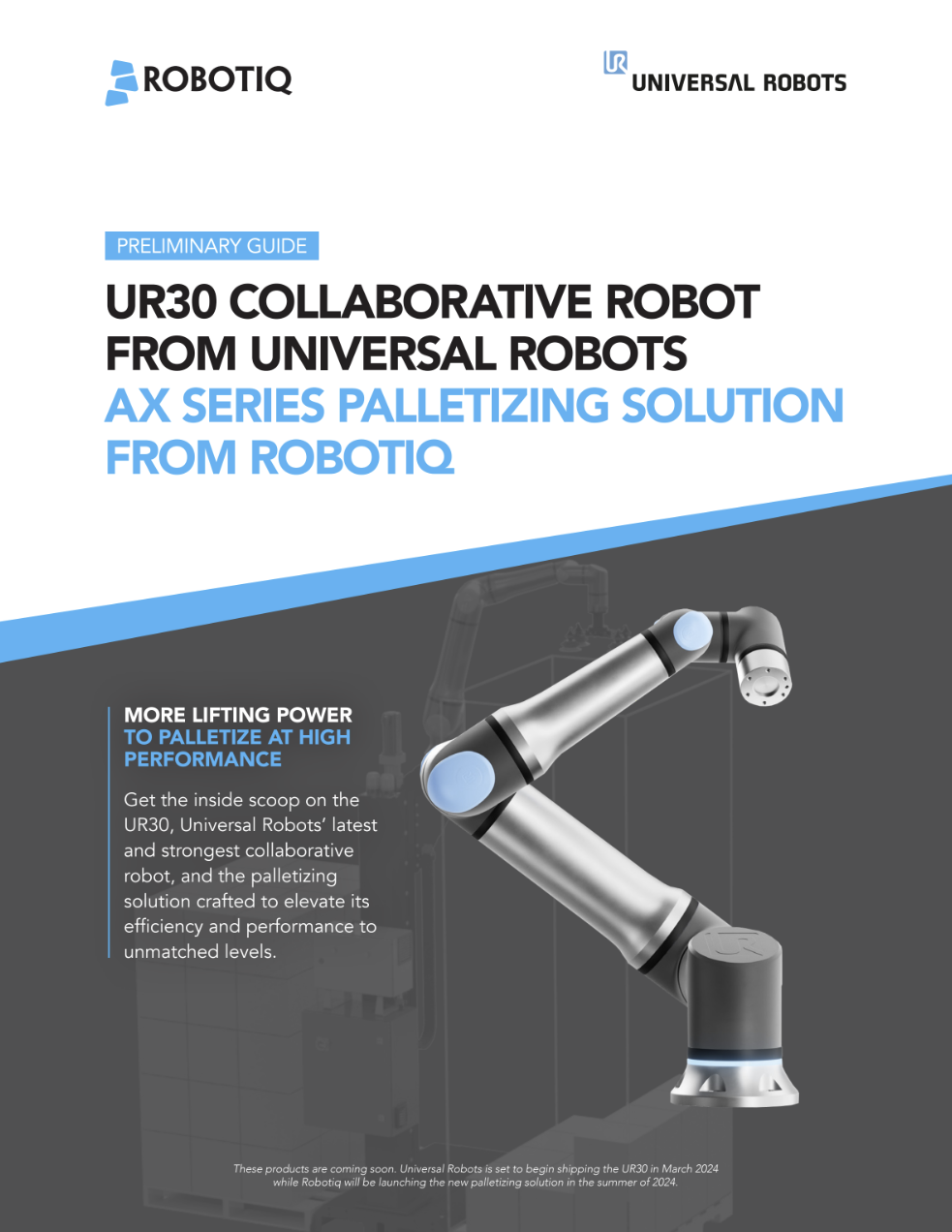

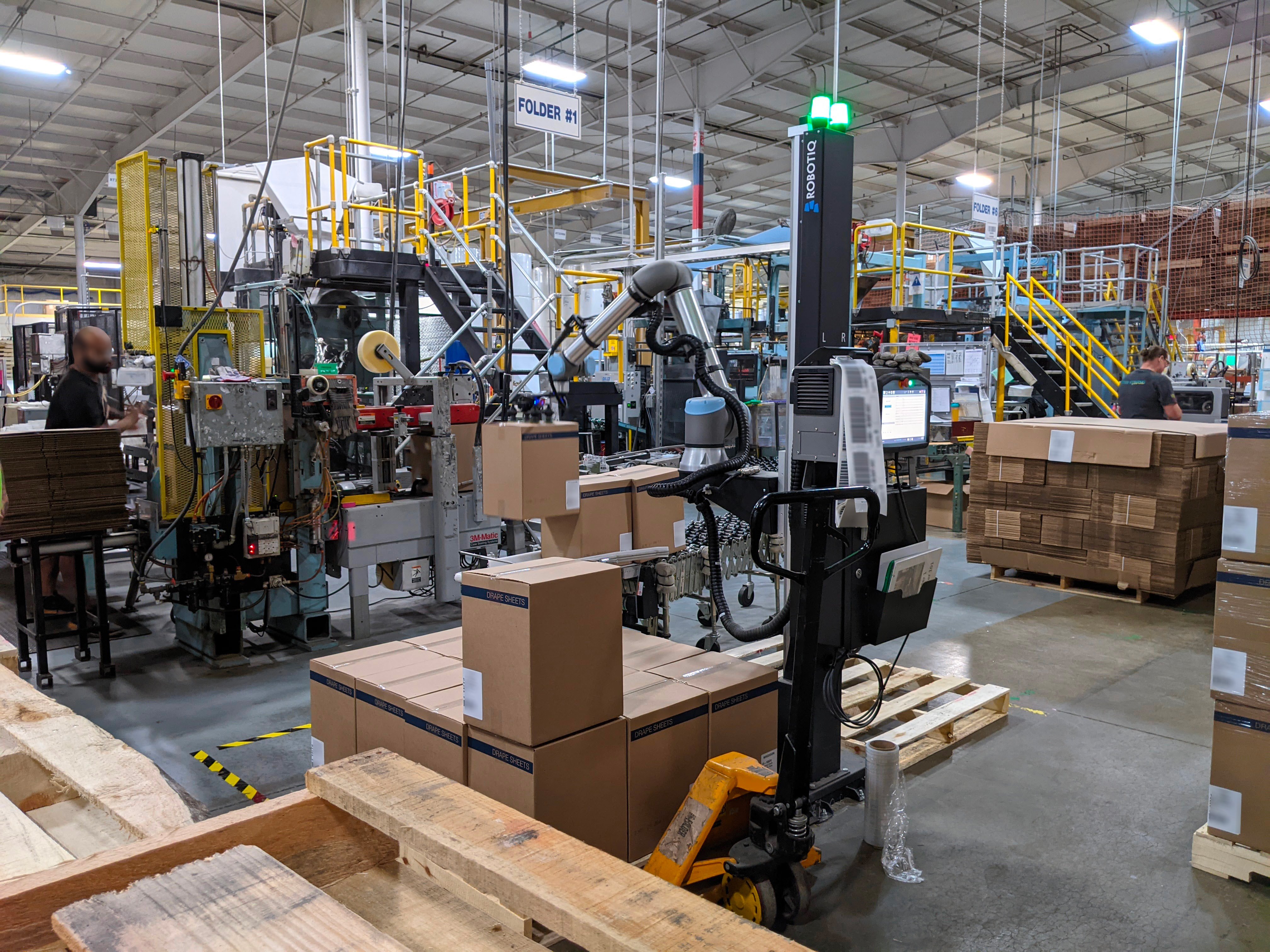



Leave a comment